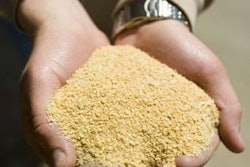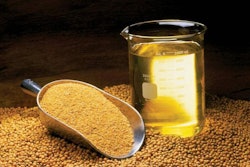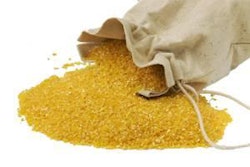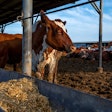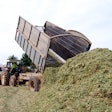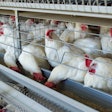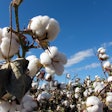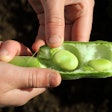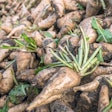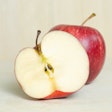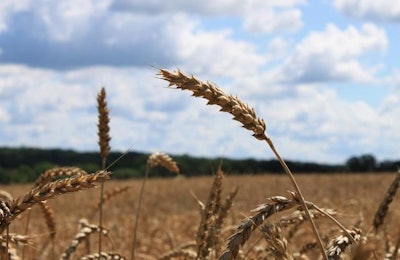
With so many varieties of wheat and different uses in the human food industry, understanding what feed byproducts are available can be bewildering
There are winter and spring varieties of wheat; and then, there are hard and there are soft varieties of wheat. And, there is more to that, but this is not a blog about plant genetics. The actual point is that there is such variability when it comes to the wheat genome that it can become a problem when using this ingredient in animal feeds.
In fact, research has indicated that the energy variability among all wheat varieties is greater than what can be expected between wheat and all other common cereals. When it comes to characterizing wheat byproducts from the flour industry, the problem is magnified. One only has to look into two different books of animal nutrition to see how many different names exist for the same – or similar – products. So, let us briefly review this issue by explaining the main two byproducts of flour milling processing.
Wheat bran
The kernel of wheat is enclosed in a high-fiber layer, the bran, that must be removed before anything else happens to it in order to extract the flour. The bran alone contains about 15% crude fiber, something that categorizes it immediately in the high-fiber feed ingredients. This implies that it is a prime ingredient for ruminants (cattle, sheep, goats) and herbivore monogastrics (horses, rabbits), and an optional ingredient – mostly as a laxative – for all other species (mostly concerned here are swine and poultry). It is not uncommon to find wheat bran in the market, as it is prized for its fiber/laxative properties. Thus, this ingredient is rather well known and quite straightforward in its composition and purpose of use.
Wheat feed
Now, after the bran (and germ) are removed, the remaining material is crushed (rolled) and sieved as many as 15 successive times in order to produce a final flour product with as much starch as possible. Different products might require more or fewer passes and this creates a difference in the byproduct composition. Basically, with each pass, the flour is deprived of high-fiber components, along with tiny fragments of starch and protein, bringing closer to pure starch.
At about 70-72% starch, wheat flour can no longer be enriched with the same process. Flour mills most often combine the sieved material in a common byproduct called wheat feed, that may or may not be mixed with wheat bran. Or, they can sell different fractions according to their way of having designed their mills. In such cases, three byproducts are made possible: one with low fiber content (<5%), one with intermediate fiber content (<7%), and one with higher fiber content (<9%). Again, they may and they actually do intermix one or more partial streams of byproducts with one another, and even with all or part of the wheat bran. Hence the many different names that try to describe this tangled mess of byproducts.
In reality, names are not as helpful when buying wheat flour milling byproducts as animal feed ingredients. Instead, it is better always to know the crude fiber content and also, if possible, the protein level. This will help nutritionists characterize byproducts properly and make feeds that contain the correct level of crucial nutrients and energy.


